Swiss Roman battle site reveals hidden secrets of historic clash
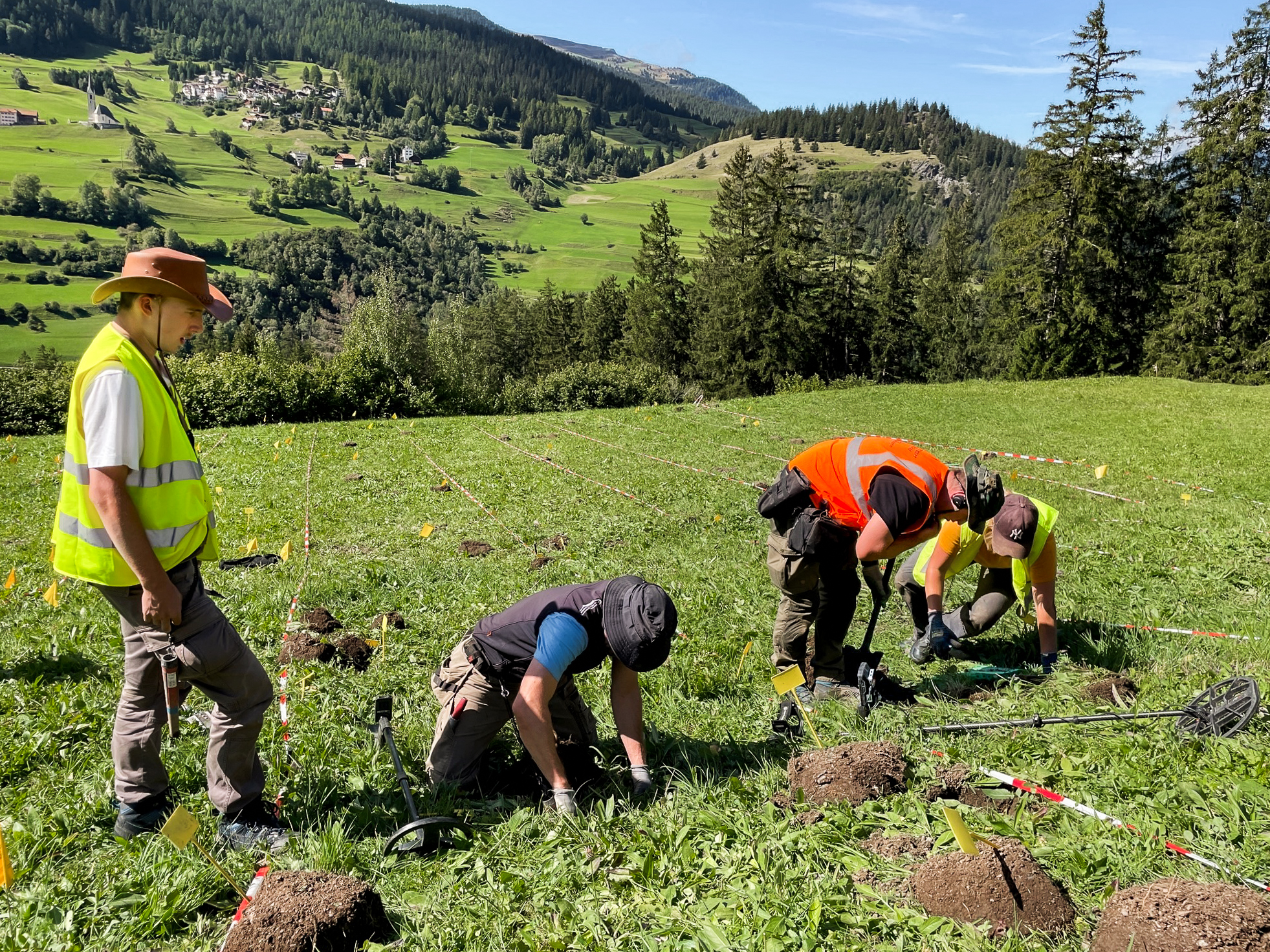
Over the past two years, experts have unearthed thousands of Roman military artefacts littering a hillside in southeast Switzerland. The first Roman battle site ever discovered in the Alpine country offers clues about what happened there over 2,000 years ago.
Bip… bip… BEEEEEP… BEEEEEEEEEEEP. Using powerful metal detectors, archaeologists sweep a steep grassy hill on the hunt for ancient swords and further evidence of a key battle between the Romans and a local tribe.
On the Alpine meadow in southeast Switzerland, other colleagues kneel or sit, scraping small holes with trowels and handheld sensors. Bright yellow flags marking earlier finds flap in the wind on the verdant slope next to large sods of earth.
The peaceful setting on the flank of the idyllic Julier Valley, south of Chur, belies a violent past. Two years ago, an amateur archaeologist re-ignited interest in the site after discovering a spectacular 2,000-year-old dagger with a metal detector. Swiss historians now believe an important battle took place on this remote mountainside around 15 BC between Roman troops advancing northwards through the Alps and local Suanetes fighters that marked a historical turning point: the start of the Roman occupation of Switzerland.
Standing at the top of the field, Peter-Andrew Schwarz sucks on his pipe and looks proudly over his team of young university students and volunteers.
“I tell my students that this is probably the first and only time in their careers that they have a possibility to work on a battlefield, a Roman battlefield here in Switzerland,” says Schwarz, an archaeology professor at the University of Basel.
In their hi-vis jackets, the archaeologists are hard to miss. Anouk Duttweiler attacks the tough dry earth with a small trowel. It’s her third day on the dig but already the second-year archaeological student from Basel has unearthed many interesting objects.
“At many digs you have to work for ages until you find something that says something, but here you find slingshot bullets and other things from a real battlefield,” she says.
Dotted across Switzerland, elegant columns, villas, amphitheatres and other remains of ancient settlements bear witness to life under the Romans. But up to now, no battle sites had been identified and researched on Swiss territory.
Over the past two years, however, around 40 scientists from the universities of Basel and Zurich, along with volunteer detectorists, have unearthed thousands of Roman military artefacts littering the rolling meadow. These include ancient swords, slingshot bullets, brooches, coins, fragments of shields and several thousand Roman hobnails. This autumn alone, around 250-300 objects a day were recovered during a three-week dig. The digging phase is now officially over. Yet many open questions remain: what exactly happened on this bucolic meadow over 2,000 years ago? And what was the precise historical context of the epic bloody struggle?
Roman rule in Switzerland
At the start of the third century BC, the Romans conquered the area of present-day southern Ticino in Switzerland’s Italian-speaking region. Some 75 years later, they had managed to seize control of southern France, the Rhone Valley, including Geneva, and the route from Italy to Spain.
Roman rule was gradually strengthened by the establishment of colonies, mostly in western Switzerland. Their control of the Alps was long, however. Roman troops repeatedly advanced into the mountains through the first century BC. Roman historiansExternal link suggest various reasons for these campaigns: to quell unrest and prevent raids and attacks on travellers, the need to secure a transit route to Germany, and additional tax revenues.
What archaeological clues tell us about the battle
Earlier finds, such as coins and slingshot bullets, made at a Roman military camp further south, provided important clues about the chronology of the Julier Valley battle. The camp at the Septimer mountain pass is thought to be the Roman soldiers’ last stop before they fought with the Suanetes further down the valley.
In pre-Roman times, the Helvetians – a Celtic tribe – populated the central Plateau region of Switzerland and what is now southwestern Germany. The eastern parts of Switzerland were inhabited by the Rhaetians, a confederation of Alpine tribes that included the SuanetesExternal link. The Suanetes are thought to have lived in the Hinterrhein and Oberhalbstein areas in canton Graubünden.
The Tropaeum Alpium was built in La Turbie, France, in six BC as a Roman trophy to celebrate Emperor Augustus’s victory over the 45 tribes that populated the Alps. One of the stones of the tower contains the names of the tribes, including the Suanetes.
The Swiss researchers believe a 2,000-strong taskforce of three military units – from the third, 10th and 12th Roman legions – clashed with 500-1,000 local fighters at the top of the hill, which is located near the Crap-Ses gorge between the towns of Tiefencastel and Cunter.

Hannes Flück pulls down his straw hat to protect his face against the late autumn sun. The archaeology professor, who has been helping coordinate the project, has an encyclopaedic knowledge of the Roman finds. He flits across the meadow explaining to students the details of each interesting object they discover.
“We do not have any sources but given the distribution of the finds and the fact that we have many broken pieces of equipment, we believe the Suanetes lost,” he declares.
Hobnails provide missing pieces of puzzle
The discovery of crossbow bolts and many lozenge-shaped lead slingshot bullets have provided valuable information about the legions and exactly where the clashes took place.
Certain bullets are stamped with a Roman numeral or design that identifies the specific military unit.
While many details of the encounter are still unknown, the archaeologists believe the Romans initially fired on the Suanetes with long-range weapons and slingshots. The distribution of the slingshot bullets and their markings point to their positions on the battlefield.
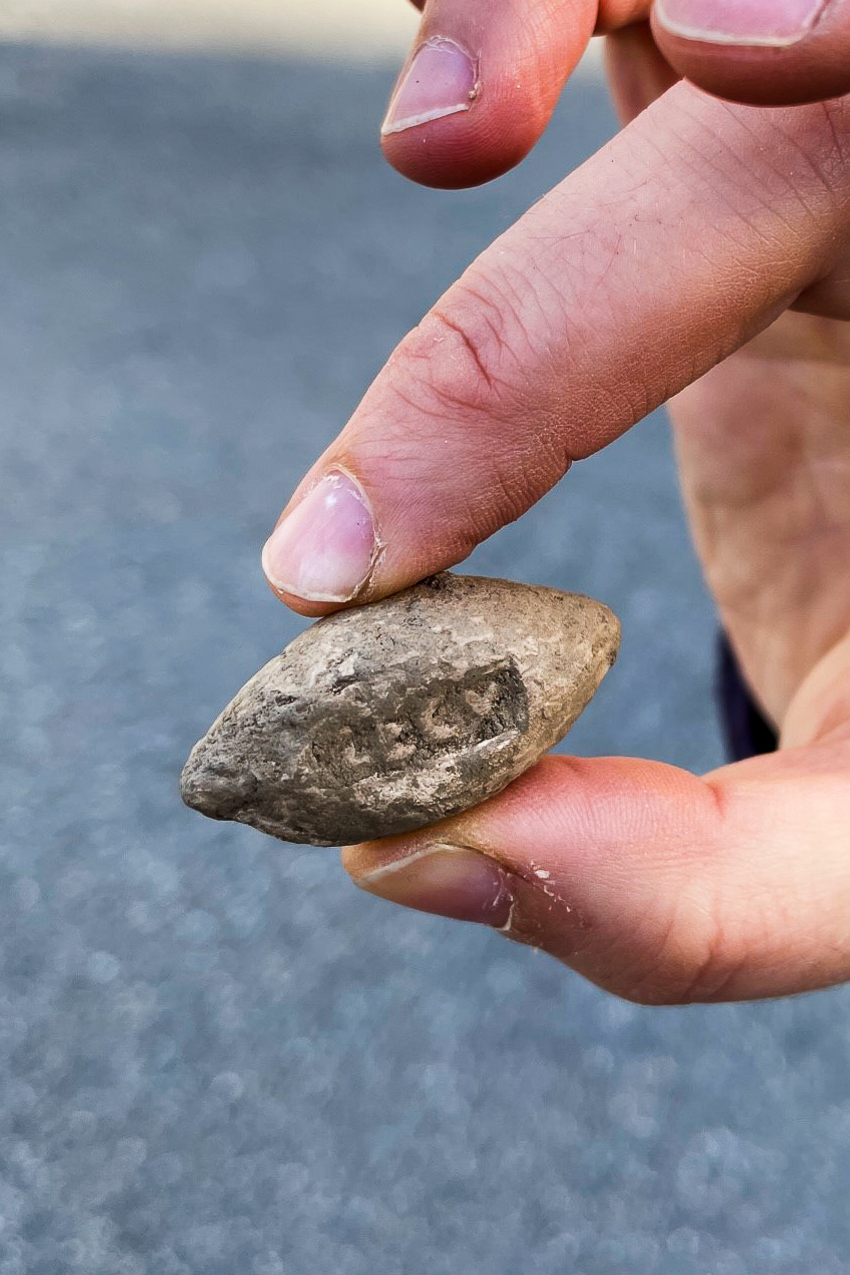
The small slingshot bullets were deadly. Some recent experimentsExternal link have showed that in the hands of a skilled fighter, the heavy lead or stone projectiles had almost the stopping power of a modern handgun.
But the most important finds are the hobnails, according to Schwarz. The Roman soldiers’ boots left behind around 2,500 hobnails, scattered on the field. Using modern technology, researchers will plot the location of each hobnail to help determine where the fighters stood or fell, and the course of the battle.
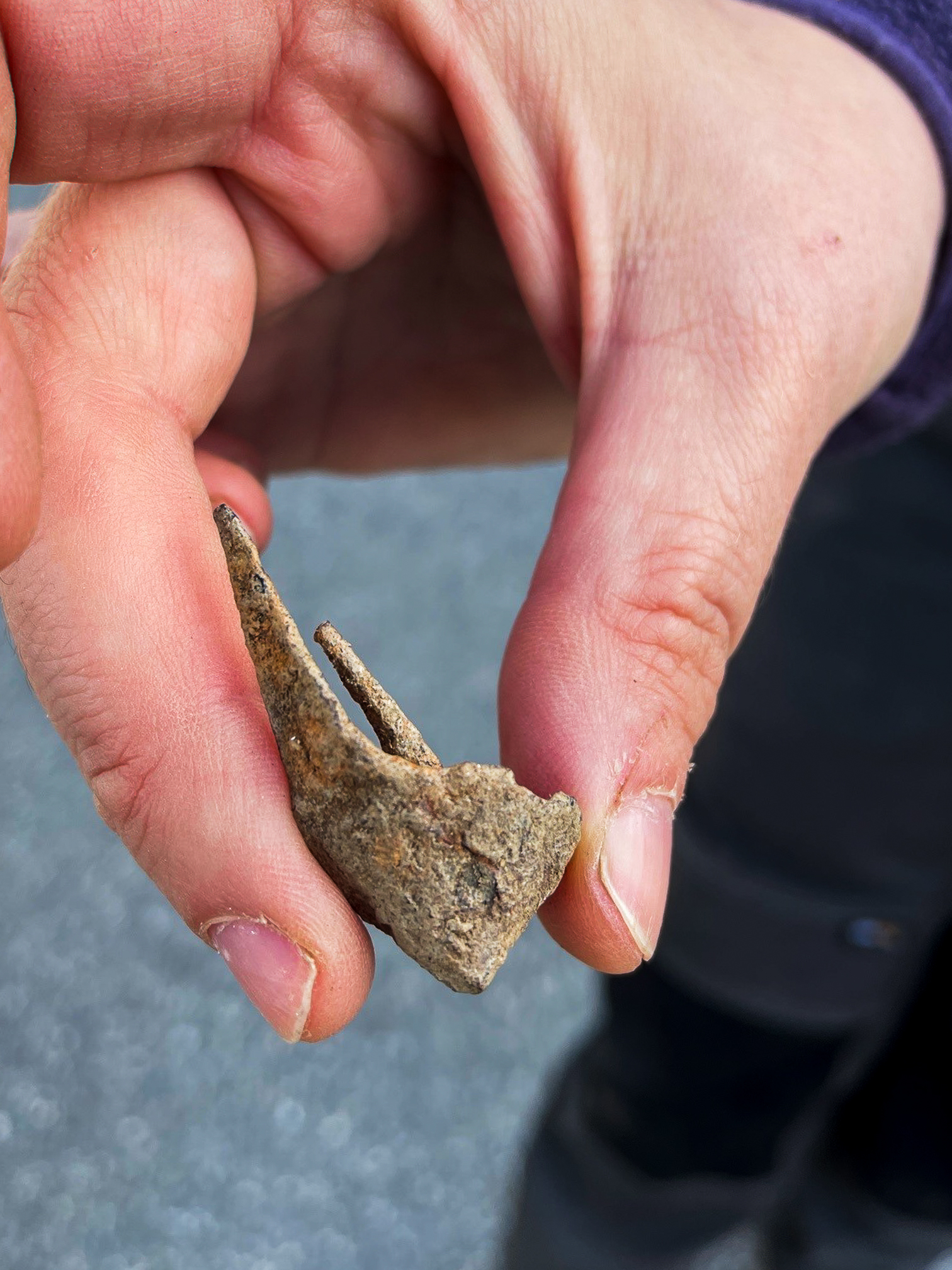
At the top of the hill, Schwarz and his team found fragments of swords and other weapons – but no human bones. The Romans and locals used to cremate those who fell in battle.
Dogged detectorists tip off archaeologists
This rich collection of archaeological findings could well have remained hidden. Back in the early 2000s, several Roman artifacts were found on the steep meadow, but afterwards the site was generally believed to have been picked clean. That is until 2018, when a local amateur archaeologist found a growing number of Roman objects with his metal detector.
Lukas Schmid, who works as a dentist, combed the battlefield and other local sites in his spare time. Over a three-year period, he discovered 250 important pieces, including a spectacular 2,000-year-old Roman dagger.
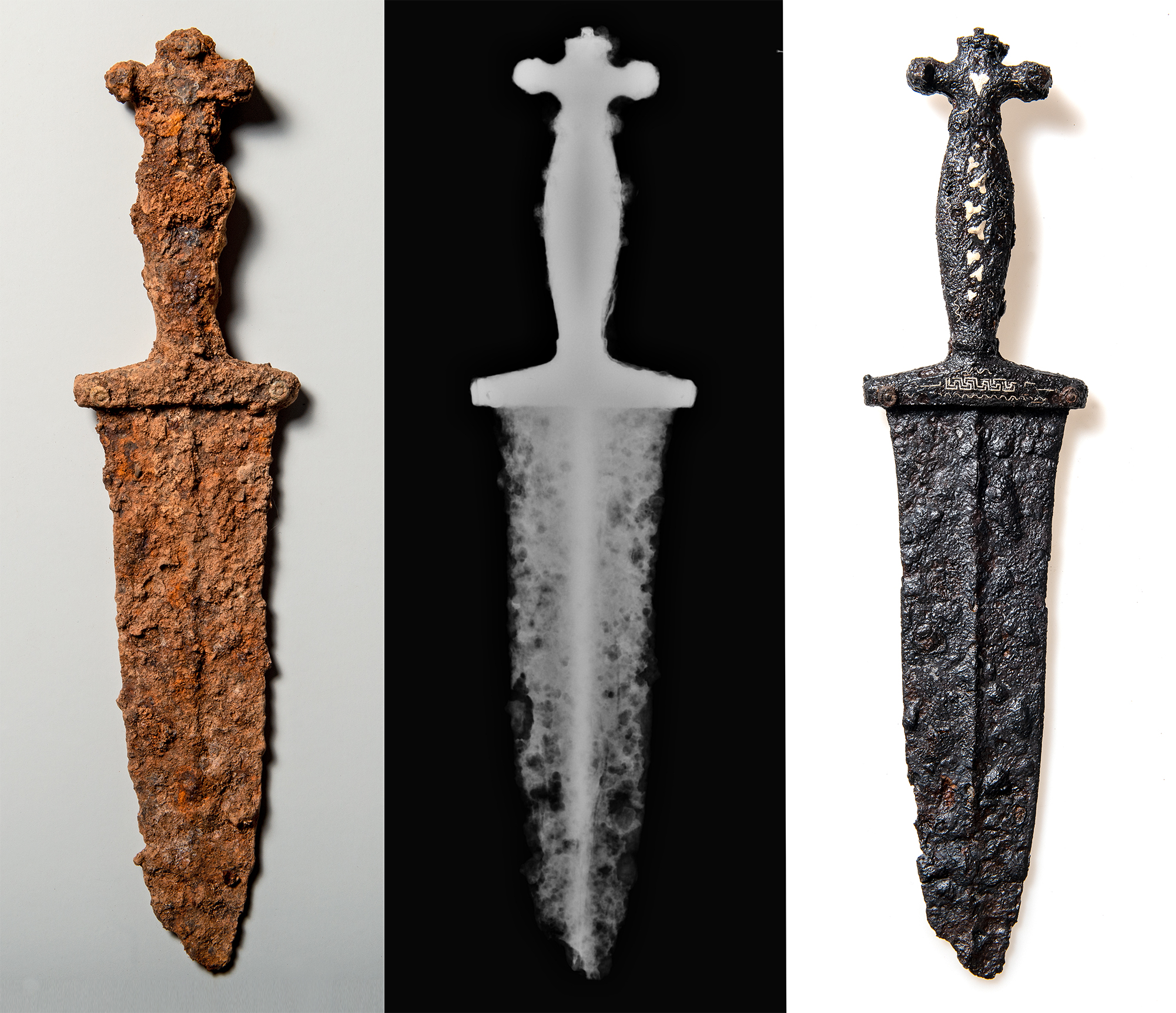
“Without detectorists like Lukas, we would have had no knowledge of this site. He was the one to make the first important finds,” says Schwarz, who began working on the CVMBAT archaeological research projectExternal link at the Julier Valley site in 2021.
From meadow to museum
The team of archaeologists must now carefully restore and evaluate the artefacts to finish piecing together the story of the battle. “A work in progress – but the most interesting work,” says Schwarz.
But it will be difficult to determine the exact age of the battlefield. “Normally it’s not possible to date finds like slingshot bullets or hobnails to a specific year,” says the archaeology professor.
Some historiansExternal link point to the conquest of the territory of present-day Switzerland at around 15 BC under Emperor Augustus, although no direct account of the successful Alpine campaign exists. The archaeologists believe the battle near the Crap-Ses gorge probably occurred around that time.

And while it does not appear to have been a major clash, the encounter most likely represented an important turning point. The Romans were successful and were able to march towards the Swiss Plateau region along the Rhine towards the Austrian city of Bregenz, on Lake Constance, shortly thereafter.
“History tells us that soon after, Switzerland was under Roman control with settlements and an important legionary fortress at Vindonissa, Windisch, in northern Switzerland,” says Schwarz.
The team of Basel archaeologists are convinced that the little-told story of the battle and this important period of Swiss and Roman history will attract wider interest. Plans are in place for a follow-up documentary on the research project in 2025 and a local museum exhibition.

More
How science is helping unearth ancient submerged Alpine settlements

In compliance with the JTI standards
More: SWI swissinfo.ch certified by the Journalism Trust Initiative









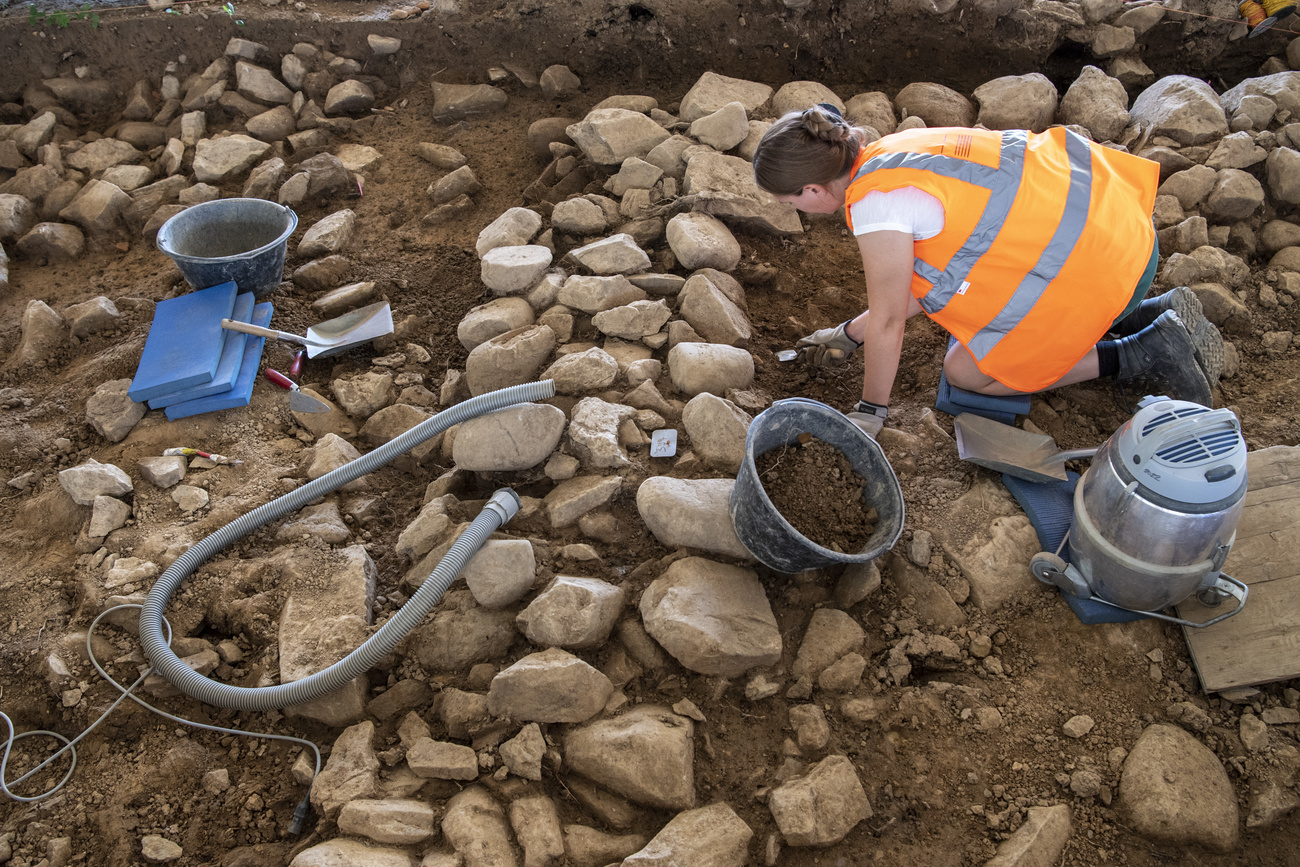

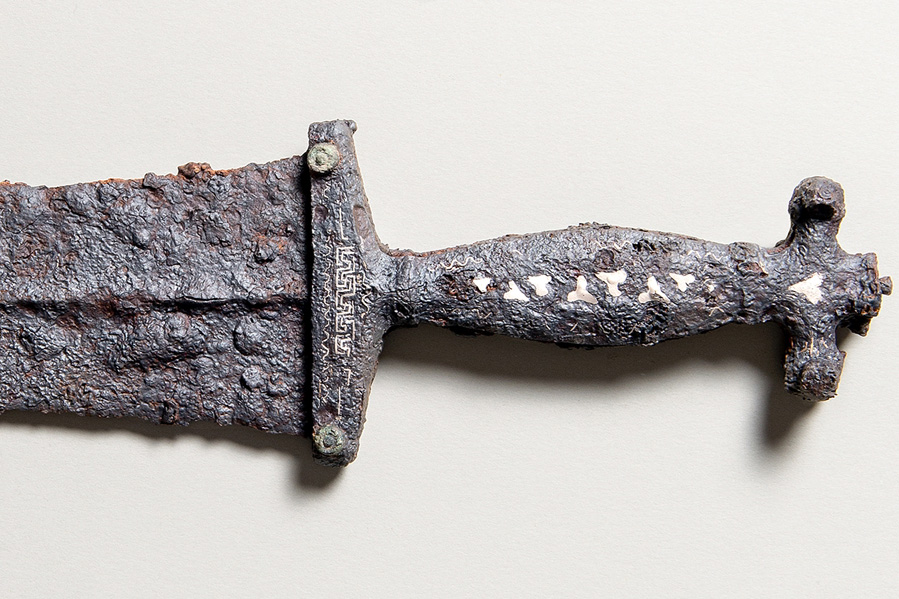

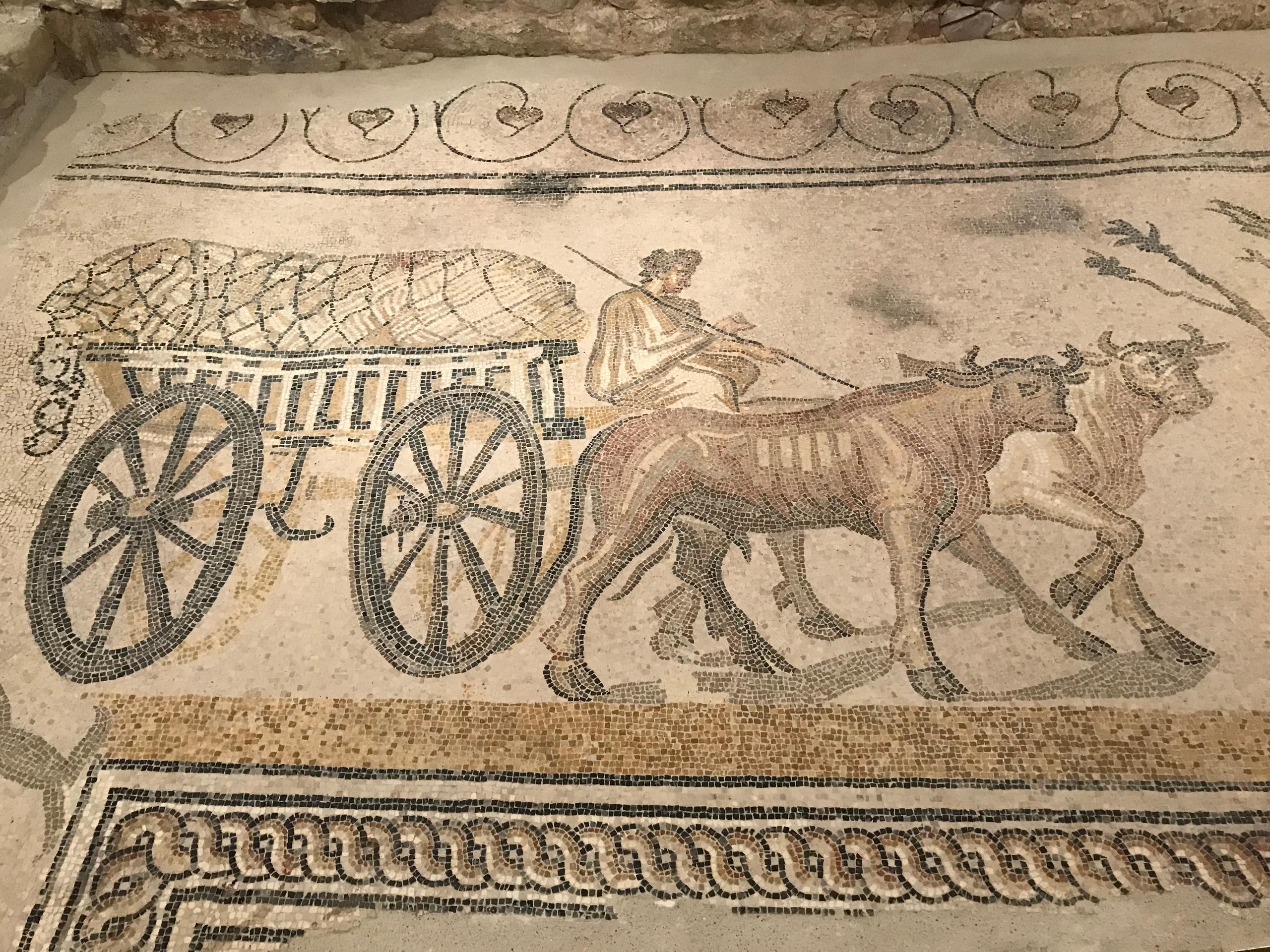

You can find an overview of ongoing debates with our journalists here . Please join us!
If you want to start a conversation about a topic raised in this article or want to report factual errors, email us at english@swissinfo.ch.